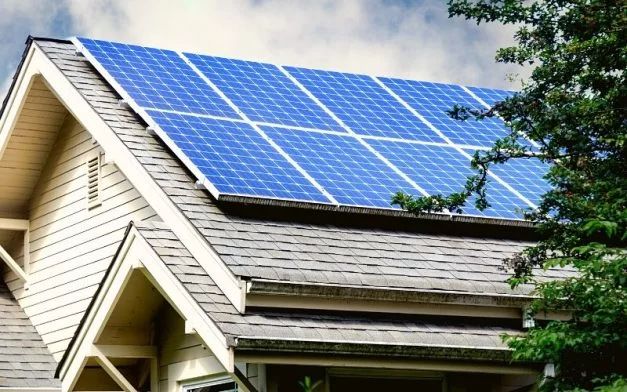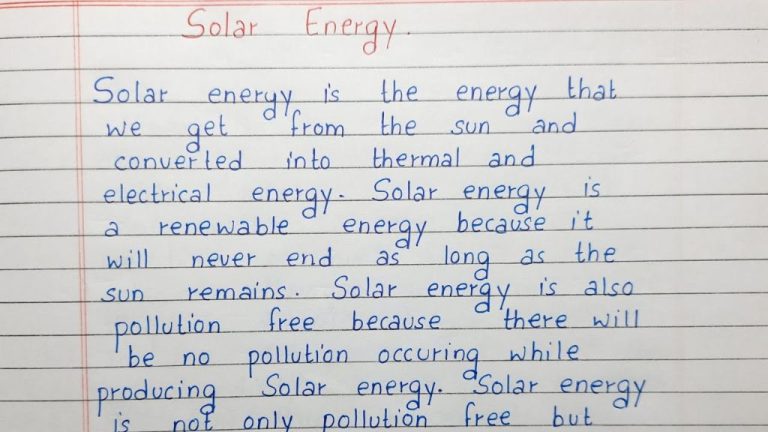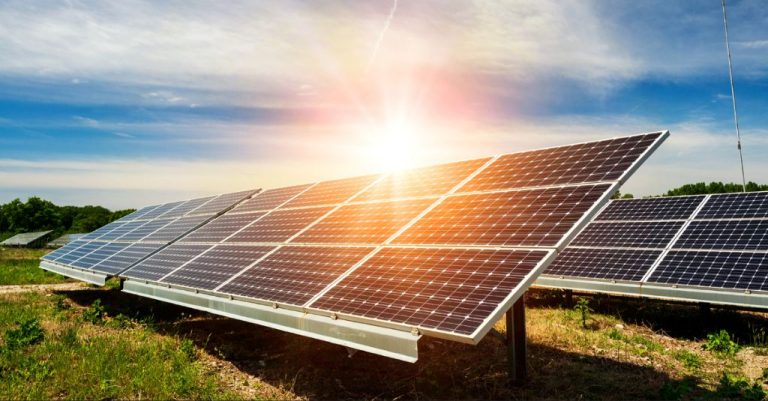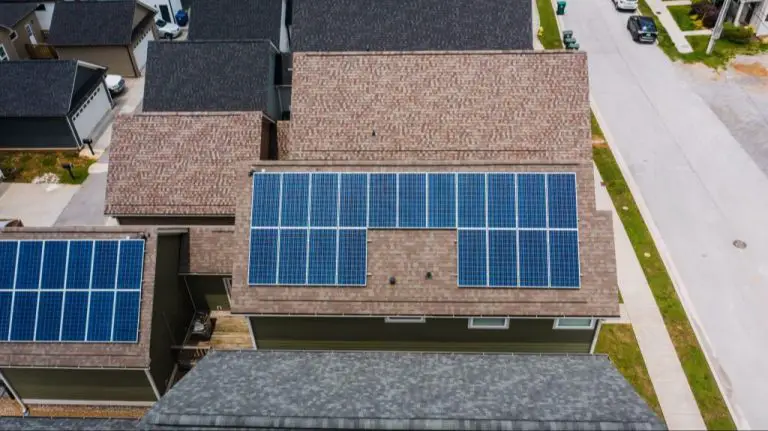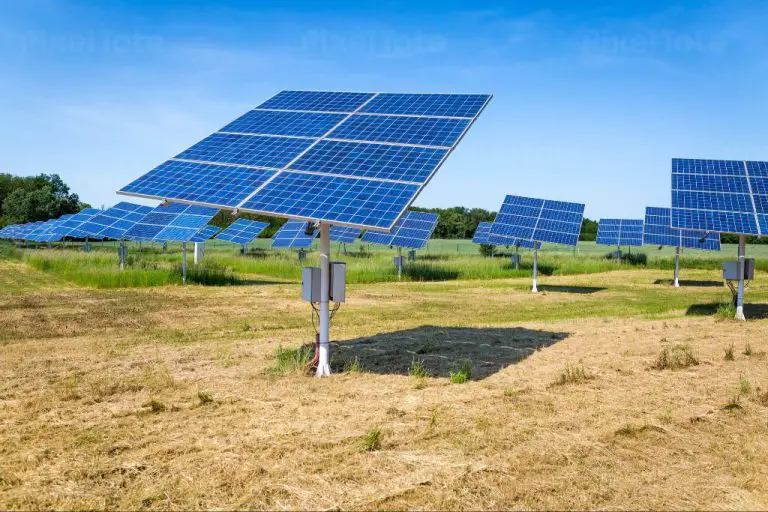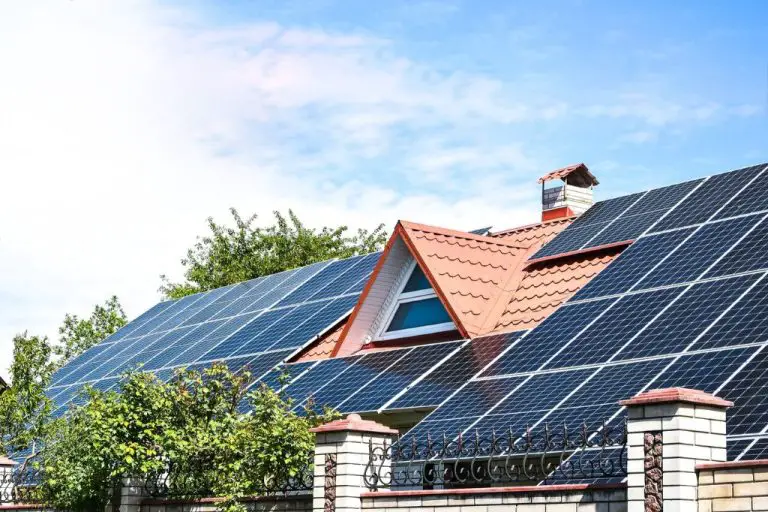Why Don’T We Use Solar Energy More?
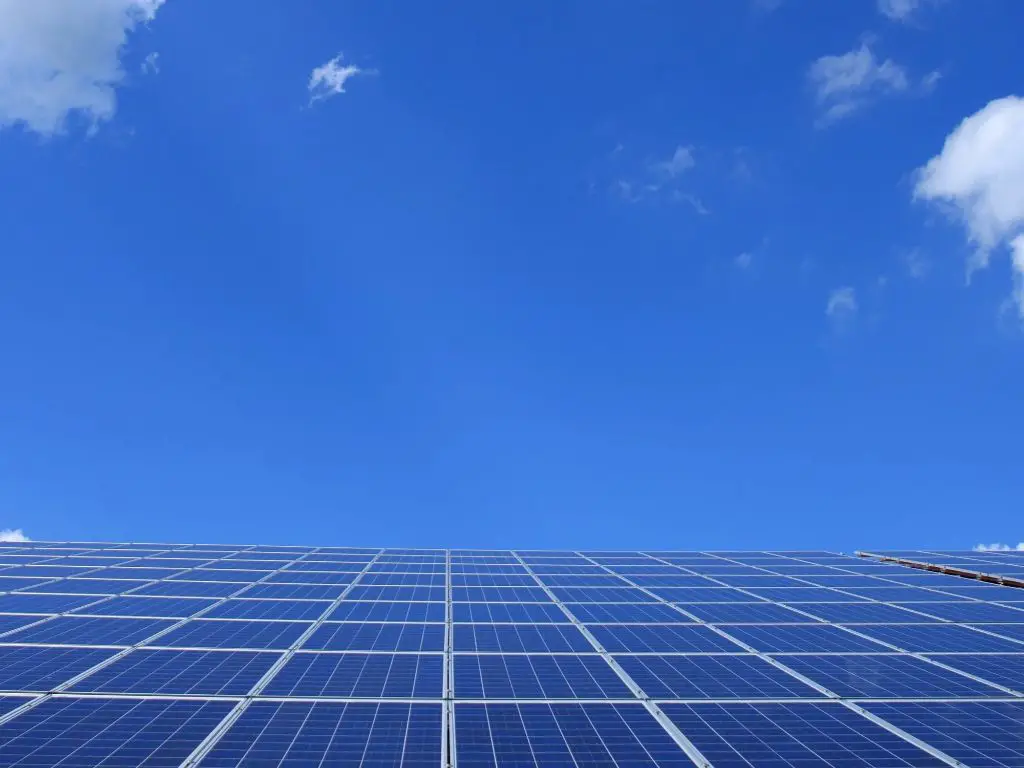
Solar energy has enormous potential as a clean, renewable energy source that could help fight climate change. Yet despite major cost reductions and efficiency improvements in solar photovoltaic (PV) technology over the past decade, solar still only accounts for around 3% of electricity generation worldwide.
This seems counterintuitive given the many advantages of solar power. Solar energy is inexhaustible, reduces greenhouse gas emissions, and allows decentralized energy production. With solar panel costs plummeting 90% in the last 10 years, solar electricity is now cheaper than fossil fuel electricity in most major markets.
So why don’t we use more solar power? There remain important challenges and limitations slowing widespread solar adoption. In this article, we will examine the top 10 factors constraining larger-scale use of solar energy.
High Upfront Costs
The high upfront cost of purchasing and installing a solar energy system is one of the biggest barriers to widespread adoption. Solar panels and batteries are expensive to manufacture and install.
According to Forbes, in 2023 the average cost to purchase and install a solar system ranges from $5,400 for a 6kW system to $18,000 for a 12kW system. Nerdwallet puts the range for a typical home solar installation from $18,000 to $36,000.
While solar panel costs have dropped significantly over the past decade, the large upfront investment can deter homeowners and businesses from adopting solar. Creative financing options like leases and power purchase agreements have made solar more accessible, but the high initial price tag remains a key obstacle.
Intermittency
One of the biggest challenges with solar energy is that it only generates electricity when the sun is shining (https://blogs.scientificamerican.com/plugged-in/renewable-energy-intermittency-explained-challenges-solutions-and-opportunities/). Solar panels do not produce energy at night or when it’s cloudy, which means solar power can be intermittent and unreliable. This “intermittency” makes it difficult to integrate large amounts of solar into the electric grid, since supply and demand must be constantly balanced. According to one analysis, the intermittency factors for solar photovoltaics in the United States range from 4-48% depending on location and weather patterns (https://www.sapphiretechnologies.com/news/the-intermittency-challenge-with-solar-and-wind-is-not-going-away). The intermittent nature of solar presents challenges for grid stability and can require backup power sources when solar generation decreases. Some possible solutions for intermittency include combining solar with storage technologies, improving weather forecasting to better predict renewable generation, creating microgrids, and having flexible demand that can shift to match renewable output (https://www.linkedin.com/pulse/renewable-energy-storage-solutions-overcoming). However, intermittency remains a key obstacle inhibiting more widespread solar adoption.
Land Usage
One common concern with solar power is that solar farms take up a lot of space. According to the National Renewable Energy Laboratory, powering the entire U.S. with solar energy would require around 22,000 square miles of solar panels – about the size of West Virginia (source). However, it’s important to keep in mind that not all of this land is unusable. Solar panels can be installed on marginal lands unfit for other purposes, and sheep or other livestock can graze beneath them. Additionally, a conservative estimate is that utility-scale solar requires between 5-10 acres per megawatt of capacity (source). So while solar does require significant land, innovations in panel efficiency and siting can minimize the impact.
Transmission Capacity
One challenge with solar power is transmitting the electricity from large solar farms in remote areas to cities where the demand is highest. Solar farms capable of powering entire cities often need to be built in sunny, undeveloped areas far from major load centers. Transmitting the power long distances requires costly investments in transmission infrastructure like high-voltage power lines. According to one source, additional transmission costs can add 20-25% to the total cost per kWh of solar power from remote locations (Integrating Solar Energy into the Grid Challenges and Remedies). Building long-distance transmission lines also faces issues like right-of-way negotiations, permitting challenges, and finding routes that minimize local impact. The transmission infrastructure may cost more than the solar farm itself in some cases. This can make solar less economically competitive compared to fossil fuels that can be transported to existing power plants near cities.
Permitting and Regulations
One key factor hindering the growth of large solar farms is the difficulty in obtaining permits and regulatory approval. Large utility-scale solar installations usually require permits and approvals at the local, state, and sometimes federal levels. This complex permitting process involves zoning and land use laws, environmental regulations, transmission approvals, and more.
According to a report from Brookings, the average utility-scale solar project must get approvals from 2 federal agencies, 3 state agencies, and 3 local agencies. The process can take anywhere from 3-5 years, adding significant costs and delays https://www.brookings.edu/articles/how-does-permitting-for-clean-energy-infrastructure-work/. Some projects also face local opposition and lawsuits, like rural landowners who resist having solar panels built near their property, further bogging down the process.
Streamlining the permitting and approval process for utility-scale solar could significantly boost adoption, but overcoming local opposition and navigating complex regulatory requirements remains an obstacle.
Storage Limitations
One of the biggest challenges with solar power is the ability to store and dispatch the energy when the sun is not shining. Solar panels only produce energy when the sun is out, meaning solar output drops in the evening when demand is still high. Affordable, utility-scale storage is needed to capture excess daytime solar generation and discharge it at night to power homes and businesses 24/7.
Batteries are the most common storage technology paired with solar, like the lithium-ion batteries made by Tesla. However, battery storage can be expensive and limited in capacity. Alternative storage methods like pumped hydro and compressed air energy have scale and geographic constraints. More R&D is needed for grid-scale solar storage innovations that are low-cost and deployable nationwide.
Aesthetic Concerns
Some people oppose large-scale solar farms because they dislike how solar panels look, especially in natural or rural settings. Solar farms with thousands of panels across large plots of land can seem unattractive and industrial compared to pristine green fields or forests. This has led to “not in my backyard” (NIMBY) opposition in some communities.
For example, some residents have spoken out against proposed solar farms near their homes because they feel the size and look of the installations would negatively impact the area’s scenic views and rural character. Others argue solar farms would ruin the pastoral nature of their communities.
Developers try to mitigate aesthetic concerns by using screening or planting vegetation around solar farms. But for some opponents, any visible solar development is undesirable no matter how it is screened or landscaped.
Industry Resistance
The fossil fuel industry has actively opposed the shift to solar energy in several key ways. As the cost of solar power has declined dramatically over the past decade, it has become more economically competitive with traditional energy sources like coal, oil and natural gas. This threatens the profits and market share of fossil fuel companies. As a result, the industry has worked to slow solar adoption through lobbying, misinformation campaigns, and protectionist policies.
Fossil fuel companies spend millions on lobbying and political donations each year to influence energy policy and regulation (SolarMetric). For example, in many states they have pushed lawmakers to implement policies that disadvantage rooftop solar, such as eliminating net metering. The industry also funds think tanks and public relations efforts to spread misinformation about renewable energy and downplay the urgency of climate change (Brookings).
Additionally, fossil fuel companies use their market dominance to make it harder for solar power to gain traction. Utility companies owned by oil, gas and coal interests structure rates and connections fees in ways that discourage homeowners from installing solar panels. The fossil fuel industry’s size and influence allow it to shape energy markets to protect its interests.
However, as solar power costs fall, more oil and gas companies are beginning to invest in renewables as well. While fossil fuel companies will likely continue resisting a rapid transition, solar power is becoming an increasing part of their business models going forward (CNBC).
Conclusion
In summary, while solar energy holds great potential as a renewable energy source, there are still several challenges that need to be addressed for it to reach higher levels of adoption. The high upfront costs of solar installations and issues with intermittency can make solar less practical or affordable for some users. Land usage and permitting regulations, grid transmission limitations, and storage technology also constrain solar’s growth. However, continued innovation and declining costs are making solar more competitive over time. With the right policies, research, and public engagement, solar can play an even greater role in building a clean energy future. Widespread electrification, grid modernization, battery storage advances, and smarter energy management can also help overcome solar’s remaining limitations.

